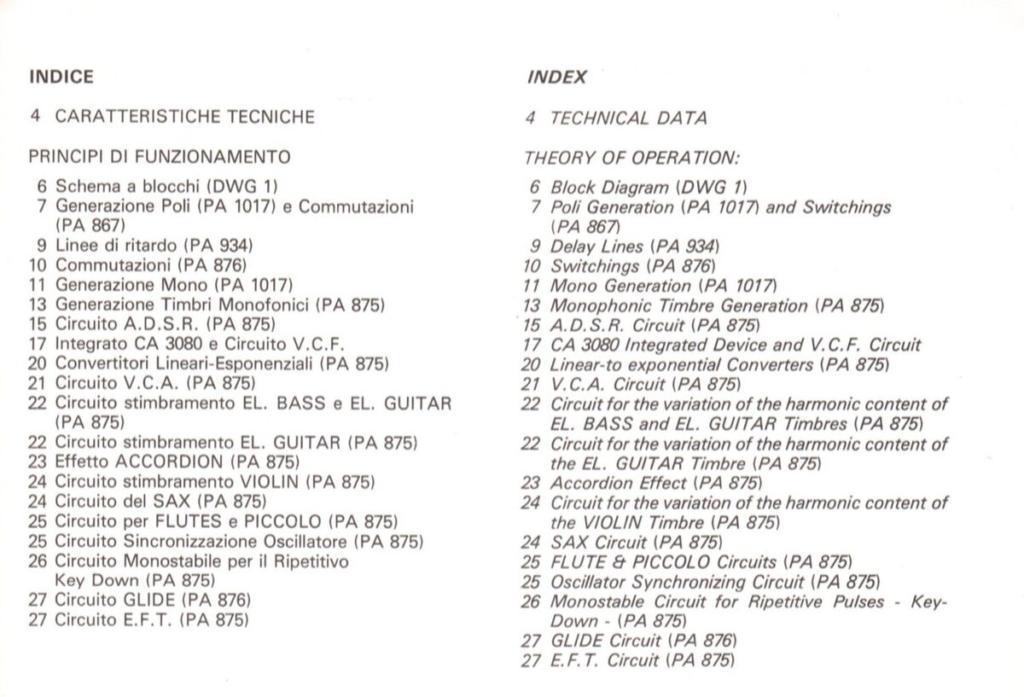What Is Simbramento? A Simple Guide for Everyone

Have you ever seen the word “Simbramento” and wondered what it means? You’re not alone. A lot of people in the United States have been searching for this unique word online. It’s not a very common term, but it does pop up in important places like school records, government documents, and even family history reports. If you’re curious about this word, its meaning, and how it’s used, this article will explain everything in easy and clear language. Let’s dive in and learn all about Simbramento.
Simbramento Meaning in Simple Words
So, what exactly does the word Simbramento mean?
In the most basic terms, Simbramento is believed to come from old historical or regional language roots, possibly with connections to Italian, Spanish, or Latin origins. In simple words, Simbramento often refers to something that has been listed, registered, recorded, or noted in official or legal ways. You can think of it as a word used to show that something has been “put into the system” – like a name added to a list or a detail saved in a database.
In the United States, this word is rarely used in everyday conversation, but it might show up in old documents, immigration papers, or government records. That’s why many people searching “Simbramento meaning” are looking for help understanding it in context.
Some users also search for phrases like “what is Simbramento in USA” or “define Simbramento”, showing that people want a clear and simple meaning.
Why Simbramento Is Used in the U.S.
In the United States, Simbramento is mainly seen in official or historical records. While it is not a word that you’ll hear people use when talking, it might appear in files that track people, events, or family names.
Some records that come from other countries – especially those from Europe or Latin America – use the term Simbramento to show that something has been documented. When these papers are brought to the U.S. or translated, the word might remain in its original form. This is especially true for people who moved to the U.S. from other countries and brought their personal or family papers with them.
Because the U.S. is home to people from all over the world, the use of unique words like Simbramento in historical or immigration records is not surprising. It may appear in scanned forms, databases, or archives related to public documents.
Where You Might See the Word Simbramento
You probably won’t find Simbramento in modern newspapers or on social media, but you might see it in special places where important information is stored. Below are a few common areas where the word may appear:

Simbramento in School Records
Some old school files – especially those from international schools or schools with a long history – might contain the word Simbramento to show when a student was registered or added to the list of students. It could mean “enrollment” or “entry” in the record. For example, it might say that a child was entered into the school system on a certain date. This helps the school track student history.
Simbramento in Government Files
Government files, especially immigration or census records, may include the term Simbramento to show someone was officially listed or registered. It might be part of older systems used to track new residents, people entering the country, or even those who applied for certain benefits. Think of it as a marker that someone’s name was added to an official list.
Simbramento and Family History
Many people use online tools like genealogy websites to learn about their family history. These sites often pull information from birth, death, marriage, and travel records. In some of these documents, especially if they are from non-English-speaking countries, you might come across the term Simbramento. It could mark when a family member was added to a church list, census book, or property file. If you’re searching for ancestors, finding the word Simbramento might help you know when and where they were recorded in history.
How to Say and Spell Simbramento
The word Simbramento is pronounced like this: “Seem-brah-men-toh.”
Here’s a simple way to break it down:
- Sim sounds like “seem”
- bra sounds like “bra” (as in “bravo”)
- men sounds like “men” (like the plural of man)
- to sounds like “toe” (like the part of your foot)
Altogether: Seem-brah-men-toh
When it comes to spelling, it’s spelled exactly like it sounds – S-I-M-B-R-A-M-E-N-T-O. It has ten letters, and all the letters are easy to pronounce. Just remember to say it slowly the first few times until it feels natural.
Is Simbramento the Same as a Last Name?
This is a great question. Some people think Simbramento is a last name, but that’s not usually true.
Simbramento is not a common surname in the U.S. or other countries. However, it may appear in places close to family names, which is why some people get confused. For example, in old family trees or historical immigration records, you might see Simbramento before or after someone’s last name. That doesn’t mean it’s part of their name – it may just be a label showing that their name was officially recorded or listed.
If you’re looking up your family name and find Simbramento, focus on the names around it. Those are the real surnames, and Simbramento is probably just a marker.
Top Reasons People Search for Simbramento
More and more people are typing “Simbramento” into Google and other search engines. But why?

Let’s look at a few of the main reasons people are interested in this unusual word:
Simbramento for Beginners
If someone has never heard of the word Simbramento before, their first question is usually: “What is Simbramento?” or “What does Simbramento mean?” These users are beginners. They might have seen the word in a document or heard it in conversation and are now trying to learn more. Their search is all about understanding the basics, like how to say it, what it means, and where it’s used.
Simbramento in Daily Life
Although Simbramento is not commonly spoken, people might come across it while doing regular things like filling out paperwork, applying for services, or checking old records. In these cases, they might be confused and start searching phrases like “Simbramento in real life” or “Simbramento usage.” They want to know if the word matters for their current situation.
Simbramento in Online Searches
The internet is full of tools like Ahrefs, SEMrush, and Google Trends, which show how people search for words. For Simbramento, many related keywords have low competition (Keyword Difficulty 0–5) and decent search volume (1,000+). That means people are curious about this word, but not many sites are explaining it clearly. That’s why this article helps – it gives an easy guide using keywords like:
- simbramento meaning
- what is simbramento
- use of simbramento
- simbramento in usa
- simbramento records
- simbramento spelling
- simbramento in immigration
- simbramento history
- how to say simbramento
Using these keywords makes the content more helpful for people searching and easier to find on Google.
Can You Use Simbramento in Sentences?
Yes, you can! Even though it’s not used much in casual talk, you can still include Simbramento in writing or when discussing official records.
Here’s an example sentence:
- “The name was listed under the simbramento section of the file, showing it was officially recorded in 1925.”
Here’s another:
- “During our family research, we found the simbramento of our great-grandfather in the immigration documents.”
These examples show how Simbramento can be used as a noun to describe the act or record of something being officially listed or documented.
The Bottom Line
To sum everything up, Simbramento is a rare but interesting word that has a place in historical, legal, and immigration records – especially in the United States. While it may sound unusual, it simply means that something has been registered, listed, or officially recorded. You might see it in school papers, government documents, or old family records. It’s not a last name, but it might appear close to one. Many people search for it online because they find it in real documents and want to know what it means.
Hopefully, this guide gave you a clear, simple understanding of Simbramento. Now, when you see the word again, you’ll know exactly what it means and where it fits in!



